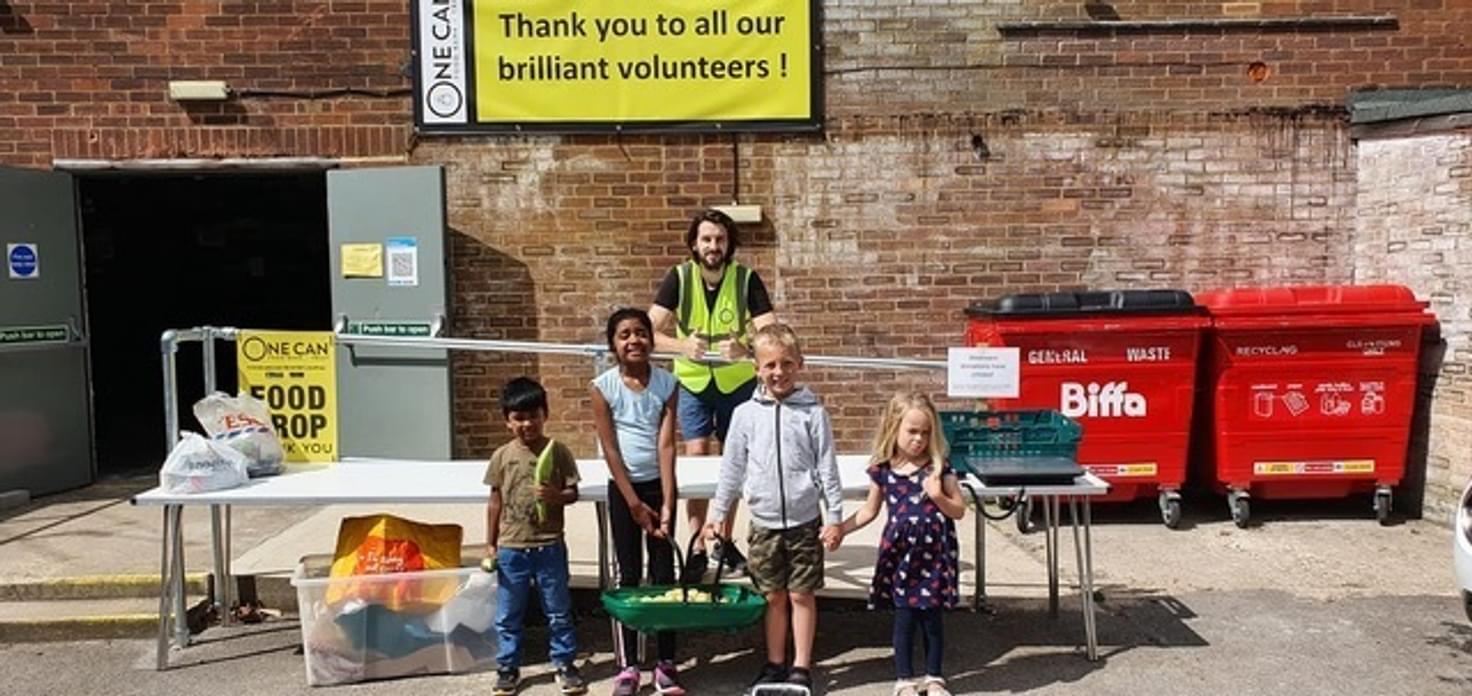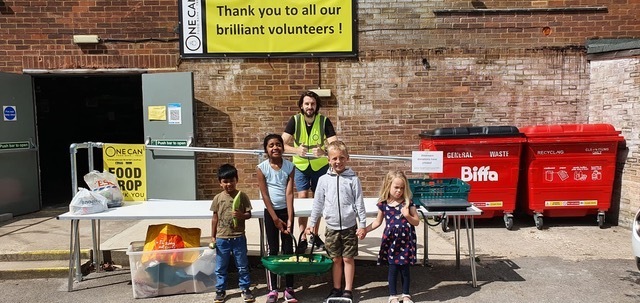
Words by Abi Scaife
When the first Covid-19 lockdown hit, Justine Hamer had the idea for Grow to Give, inspired by the actions of the people around her. The whole country went back to basics, growing their own fruit and vegetables on windowsills and in back gardens, and Justine couldn’t help but think - could this be bigger?
Today, Grow to Give is a charity that supplies food banks in the Buckinghamshire area with fresh fruit and vegetables, surplus from local growers and allotments.
“I already grew my own food and enjoyed it – it was a very nurturing thing to do for yourself at that time," Justine tells Smiley News.
"I just thought, if I could just grow a little bit more, I could give some from my little patch. In my head, I'm always scaling things up. I thought, if it's just not just me, but lots of people giving a little bit, they could really make a big difference."

Determined to make her idea a reality, Justine approached her local allotments to see what they thought - and the response was overwhelmingly positive.
“They were really keen - I think everybody wanted to help at that time, and not everyone knew how to do it,” explains Justine. “Especially on allotments, there were elderly people who really wanted wanted to help but they didn't want to go into hospitals or be on the front line volunteering at that time.
“Everyone was getting a lot of solace out of their allotments. So they found it a really lovely way to be able to give and support people.”

So, how does it work?
Crates are left at participating allotments, allowing growers to drop in surplus fruit and vegetables whenever they want to, without feeling the pressure. At the end of the week, crates are collected, and the fruit and vegetables are distributed to local food banks, helping to supplement food parcels and more.
“There are lots of people on those allotments growing for a family of 10 people but nobody lives at home anymore, so they've got so much spare food,” explains Justine. "But it's still very, very generous because they could easily freeze it - these people are very knowledgeable about how to keep their surplus food."
Though the COVID-19 pandemic seems to be in the rearview mirror for many people in the UK, that doesn’t mean the demand for food has gone down. With the cost of living crisis, as well as issues with importing food that come with Brexit, food banks need help now more than ever.

“Unfortunately, the pandemic went straight into the cost of living crisis, so it's not like food demand has gone down,” says Justine. “The food banks we work with are so heavily stretched - they can't get enough food and people are just not donating as much.
“The fresh food, in particular, seems to have really struck a chord because whereas they'll get a lot of fresh food given, it will be so sporadic from the supermarket, right at the end of use-by date.”
For those odd pieces of fruit and veg that are left behind, they are included in any community cooking projects done by the food banks, so they are still helping to feed those in need.
Today, Grow to Give supplements around 1000 food parcels with help from 20 allotments, and 250 growers across Buckinghamshire.

Working alone, it feels so hard to make a dent in issues like poverty and hunger, but stories like that of Grow to Give show that we can make a huge difference when we work together.
If you’re a local grower in the Buckinghamshire area that wants to get involved, you can do so on the Grow to Give website. Alternatively, contact your local food bank to find out ways you can help contribute.
This article aligns with the UN SDGs Zero Hunger and Good Health and Wellbeing.